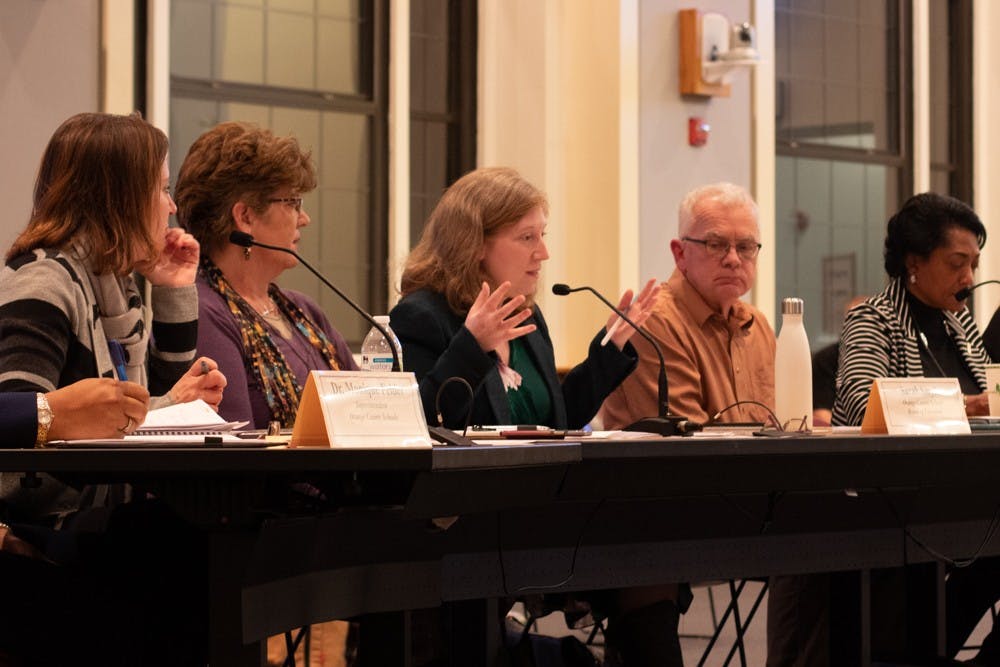The Orange County Schools Board of Education had its first joint meeting with the Equity Task Force earlier this month to discuss new approaches to ensure that all students receive an equal education.
A presentation given by the school board’s Equity Task Force during the meeting revealed sizable inequities in the achievement gaps between economically disadvantaged and minority students and those who were white or do not have to deal with economic hardship.
Some of the data presented showed gaps between the percentage of students reading at their grade level between the third and eighth grades. Orange County Schools ranks 105th out of 115 districts when it comes to teaching their economically disadvantaged students to read at grade level, placing them in the bottom 10 percent statewide. For Hispanic students, they rank 110th — meaning 96 percent of school districts do a better job at teaching Hispanic students in this age group to read at their grade level.
In addition, Orange County Schools ranks in the bottom half for teaching Black students to read on grade level at this age. It also ranks in the bottom third for teaching students with disabilities, students in foster care, homeless students and those who are learning English.
For white students, however, Orange County Schools is in the top 25 percent of school districts at teaching these students to read at grade level. And for students who are not economically disadvantaged, it does better than 68 percent of school districts across North Carolina.
Dr. Monique Felder is in her first year serving as the superintendent of Orange County Schools and has quickly become acquainted with the situation at hand.
She said Orange County Schools places a high priority on providing all students with a high-quality education. She mentioned the district’s Equity in Education Policy, the second goal of which is to identify inequities in access to opportunity and academic barriers, as a key way to ensure this outcome is achieved.
Felder also said she was aware of the need to adjust the district’s approach to educational experiences and adapt to the needs of individual students instead of seeking out more general, broad-based solutions.
“Equity does not mean providing the same thing to everyone,” Felder said. “It is about tailoring appropriate supports or enrichments for every student to be successful in school and life.”



